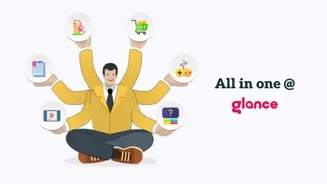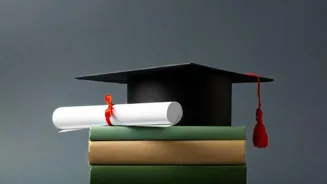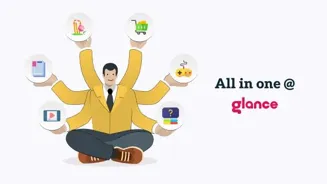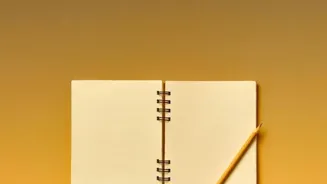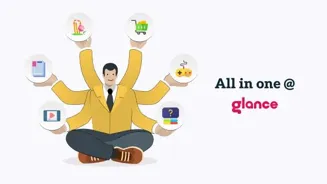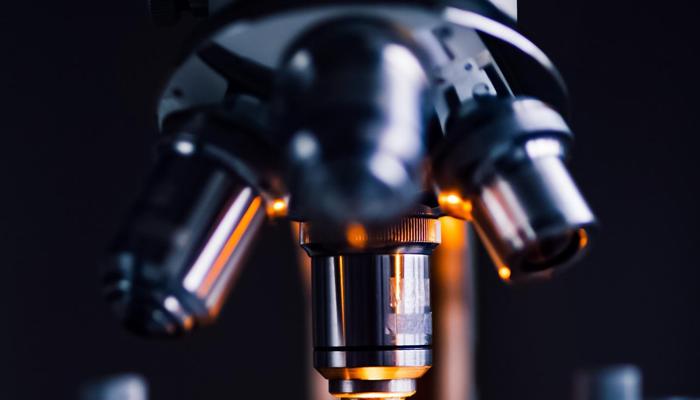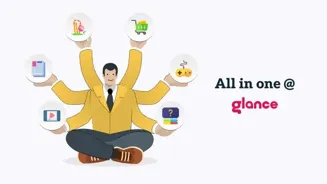Unlock the Power of Creativity in Problem-Solving. Dive into how creativity fuels innovative solutions and enhances problem-solving skills
In the bustling landscape of daily life, creativity and problem-solving
often seem like distinct entities. One might associate creativity with artistic pursuits like painting or writing, while problem-solving is typically linked to fields like engineering or science.
However, delve a little deeper, and you'll discover a fascinating interplay between these two seemingly disparate skills. They are, in fact, deeply intertwined, feeding off each other to unlock innovative solutions and propel progress across various aspects of life.
This article explores the fascinating connection between creativity and problem-solving, highlighting how nurturing one can significantly enhance the other.
Creativity is not a gift; it's about generating new ideas and fresh perspectives
Many believe that creativity is some sort of divine gift to a select few, a talent you either possess or don't, end of the story. But that's simply not true! Creativity, at its core, is the ability to generate new ideas, make novel connections, and approach things from a fresh perspective.
It's about thinking "outside the box" and imagining the "what ifs." In fact, kids are some of the most creative because they just let their imaginations flow. You might think creative ideas can solve many problems.
Art of problem-solving: identify, analyze, strategize creatively for solutions
Problem-solving, on the other hand, is the art of identifying obstacles, analysing their root causes, and devising strategies to overcome them. When faced with a challenge, a systematic approach is crucial.
Define the problem, brainstorm possible solutions, evaluate the options, and then implement the chosen strategy. Often, we get stuck in one way of solving some issue. Thinking like a child can lead you to find real simple, creative ideas which adults wouldn’t think about.
Creativity fuels effective problem-solving by exploring unconventional approaches and perspectives
Now, where does the connection lie? Well, creativity is the fuel that drives effective problem-solving. When confronted with a tricky situation, a creative mind doesn't just rely on conventional methods.
It explores unconventional avenues, considers alternative perspectives, and imagines possibilities that others might overlook.
Creativity in problem-solving leads to innovative solutions
Creativity allows you to approach problem-solving with a mind free from constraints. It encourages you to question assumptions, challenge norms, and explore uncharted territories. This "out-of-the-box" thinking can unearth innovative solutions that would otherwise remain hidden.
For instance, an engineer facing a design flaw might use creative thinking to brainstorm alternative materials or structural configurations, or change the problem to something that is easier to solve. The power starts when we break down issues in a way we can understand and deal with.
It is essential to be patient and let the solution find you instead of hard pressing.
Problem-solving stimulates creativity, constraints spark innovation
Conversely, problem-solving can also stimulate creativity. The very act of wrestling with a complex issue can force you to think more creatively. As you dissect the problem, research potential solutions, and evaluate different approaches, you are essentially exercising your creative muscles.
The constraints imposed by the problem can actually spark innovative ideas. Constraints are there for a reason. Consider that they can lead to the right path where you can explore and reach your goals. Creativity is about letting your mind wander without limitations.
There are some people who have the ability of being creative and solving problems.
Creativity is a skill that can be cultivated through practice
Thankfully, creativity isn't some elusive quality reserved for a select few. It's a skill that can be cultivated and honed through conscious effort and practice.
Here are some simple techniques that can help boost your creative prowess: Brainstorming, it is always a good start for generating a multitude of ideas. The rule of thumb is, don't judge any suggestion at this stage, and prioritize quantity over quality.
Imagine you have a group of friends over and you are just spitting ideas. Don’t close any door at this early stage and give everything the right space. Don’t close any door as ideas might just spring up and be an asset. Don't worry about any comment as the idea might make others think.
Mind mapping and breaks aid creativity and problem-solving
Mind mapping is a visual tool that helps organize your thoughts and connect different concepts. Start with a central idea and then branch out with related themes, keywords, and images. Another method is taking a break.
Sometimes, stepping away from the problem and engaging in a totally different activity can provide a much-needed mental reset. This allows your subconscious to work on the problem in the background, often leading to a "eureka" moment.
A quick nap and change of pace is a good way to restart the process. Try to go for a quick walk, it is always a good way to get you going again.
Sharpen problem-solving skills through practice and techniques
Just as creativity can be nurtured, problem-solving skills can also be sharpened through focused practice. One effective technique is breaking down each problem into smaller, manageable parts. This makes the problem less intimidating and allows you to tackle each component individually.
A second technique is using the "five whys" which helps you dig deeper into the root cause of a problem by repeatedly asking "why" until you reach the core issue. Another thing to keep in mind is remembering mistakes.
Always learn from your errors, analyse what went wrong, and use that knowledge to refine your future strategies. If you keep making the same mistake, you need to be creative in how you solve it.
Creativity turns adhesive failure into iconic Post-it Note
The connection between creativity and problem-solving is evident in numerous real-life scenarios. Consider the development of the "Post-it Note." Back in 1968, a scientist at 3M was trying to create a super-strong adhesive, but instead, he accidentally created a "low-tack" adhesive.
For years, the adhesive sat on a shelf, seemingly useless. It was not until another scientist, who was frustrated with bookmarks falling out of his church hymnal, saw the potential of the "failed" adhesive. He realized that it could be used to create easily attachable and removable notes.
This simple, yet ingenious, application of a failed product showcases the power of creative problem-solving. You have to stay open minded for anything to happen.
Spaghetti Diagram improves workflows in Lean Manufacturing
Another example is the invention of the "Spaghetti Diagram" in Lean Manufacturing. Often spaghetti diagrams are used to evaluate workflows and improve efficiency. The concept is simple you mark the movement of resources from start of finish and then look at how you can optimize.
With creative thinking, the workflows can be optimized to create better, faster and accurate products. The same concept can be used in different industries where movement of resources or equipment’s happen.
Creativity and problem-solving skills key in today's world
In today's rapidly changing world, where new challenges emerge constantly, the ability to think creatively and solve problems effectively is more valuable than ever. Employers highly regard individuals who can approach complex situations with ingenuity and adaptability.
Whether you are an entrepreneur, a student, or a seasoned professional, cultivating both creativity and problem-solving skills will give you a significant edge. There are a lot of people today but the ones that stand out are the creative people who aren’t scared of solving new problems.
Embrace innovation, challenge norms, nurture creativity for impact
So, embrace your inner innovator, challenge the status quo, and cultivate your creative spirit. By doing so, you'll not only become a more effective problem-solver but also unlock your potential to make a meaningful impact on the world around you.
Creativity and problem-solving can work together, and you can enhance your ability to approach anything. Learning from your shortcomings is a necessary skill. These are traits that can be learnt and mastered with dedication.
All it wants is for you to keep the creativity flowing and keep solving challenges with open ideas.
AI Generated Content. Glance/InMobi shall have no liability for the content